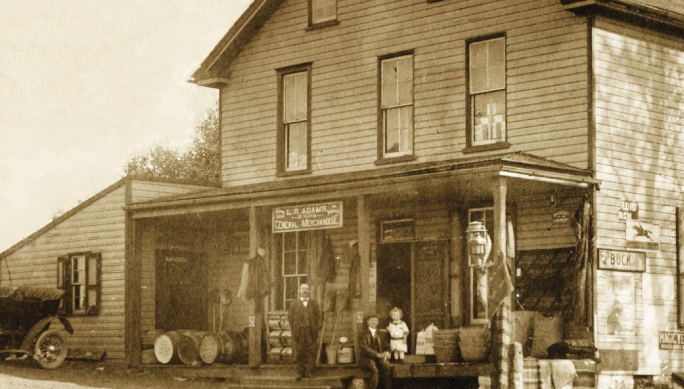Stanley T. White was born in New Haven Connecticut in June of 1951, but was raised, first in Baltimore and then, Morris County, New Jersey. He is the middle child of Joseph M. White M.D. and Mary Louise White M.D.
Outside of managing his own tile installation company, Stan was an avid model railroader, hence his interest in drawing historic railroad buildings. (His Maryland and Pennsylvania model railroad was featured in Model Railroader Magazine, Dec. 2005 and Model Railroad Planning, 1997.) Stan is a long standing member of the Maryland and Pennsylvania Historical Society and has contributed several articles to their Timetable quarterly publication.
“Scale Drawings of the Peach Bottom Railway, later known as the Lancaster Oxford and Southern Railroad Volume 1,” was his first self-published work. With this additional book, that series now totals four, created in the span of time between May of 2005 and July 2016.
Stan and his wife Linda live in Drumore, PA, in a ranch house on the hills above the long-time flooded village of Peach Bottom.
In 2009, Stan co-chaired the committee to celebrate the bicentennial of Robert Fulton’s historic voyage up the Hudson River in his steamboat. From 2010-2015, Stan served as president of the Southern Lancaster County Historical Society. He is now a Director of the same Society. He has written many articles for the Society and continues to research and write about the “Little, Old and Slow.” He also does Power-Point presentations, often with Mary Boomsma, a fellow L. O. & S. buff and author, or with co-author Mike Roth.
In 2007, Stan began collaborating with Mike Roth on collecting more of the history of the L. O. & S., mostly by gathering press clippings. The project grew to contain many new documents and photographs that have come to light in recent years. This work was shared under the title A Railroad for the Southern End. Considered by the authors to be an oversized companion to the “Little, Old & Slow” by Benjamin Kline, Jr., it shares the discoveries of our continuing research, in the years since 1985, when the Kline book was first printed.
